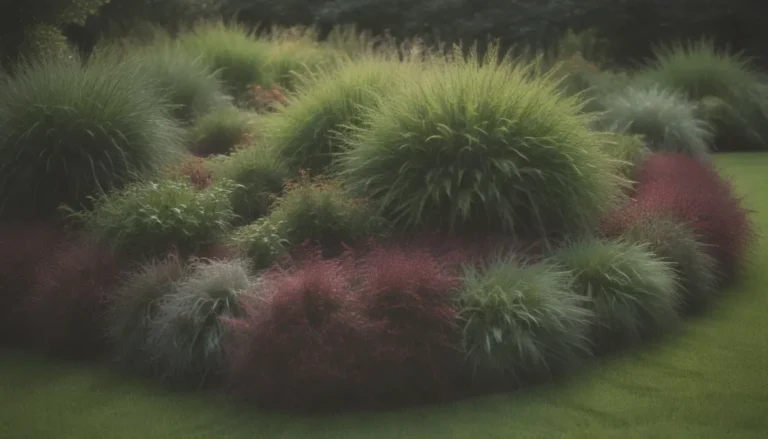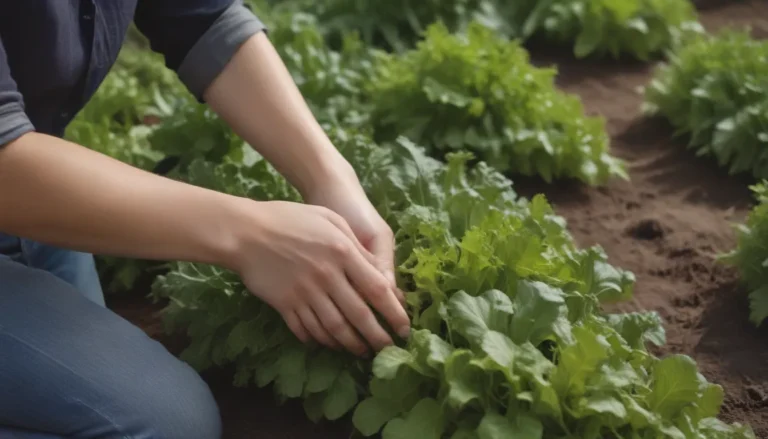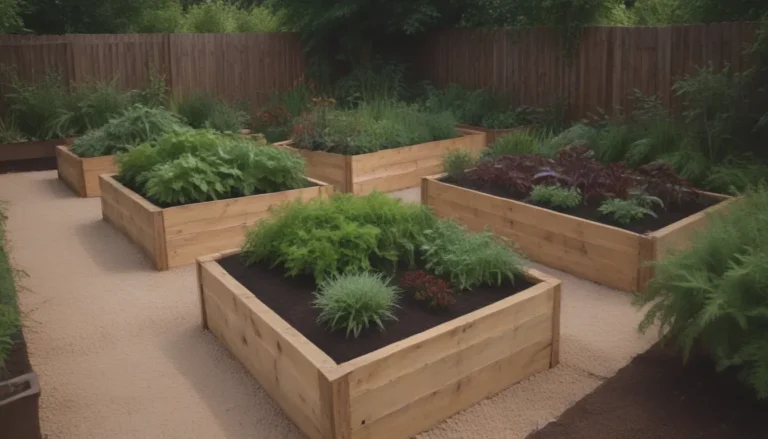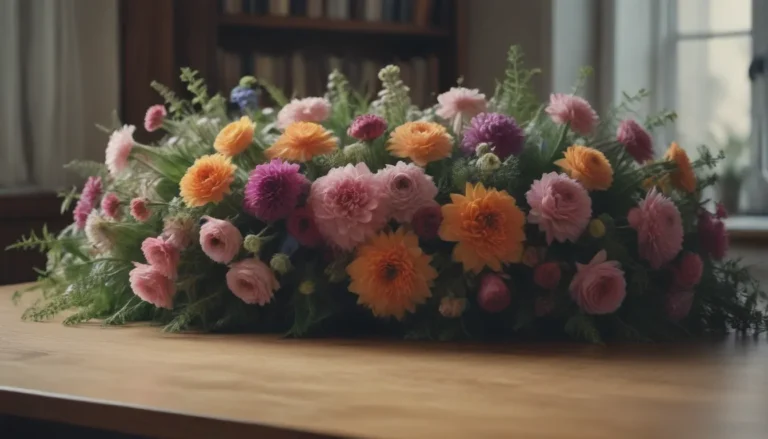The Ultimate Guide to Composting: Achieving the Perfect Greens and Browns Ratio
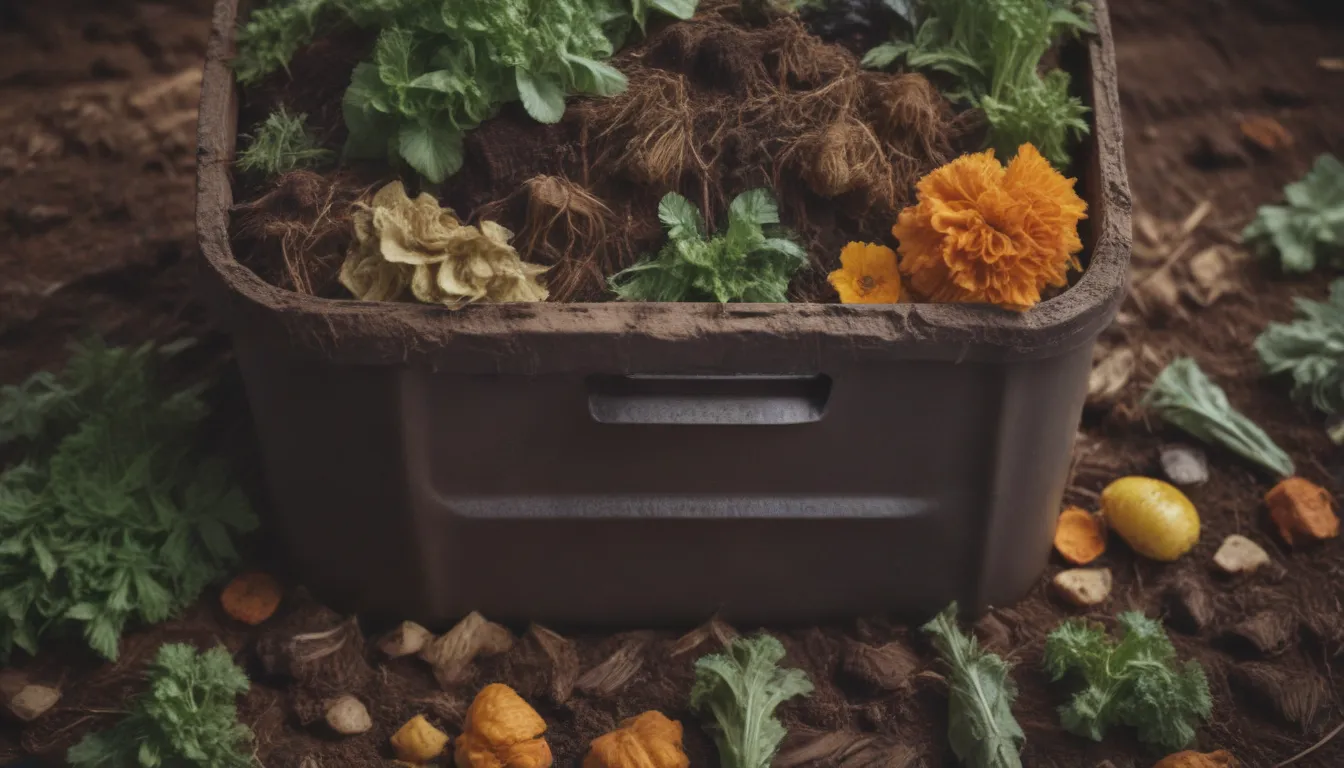
Composting is a fantastic way to reduce waste and create nutrient-rich fertilizer for your garden. With the average household producing over 200 pounds of kitchen waste per year, composting is a sustainable solution to reduce landfill waste. If you’re new to composting, it’s important to understand the proper balance of greens and browns to ensure a successful and efficient composting process.
Getting Started with Composting
Composting involves a balanced mix of “browns” and “greens.” But what exactly do these terms mean? Greens refer to moist, nitrogen-rich materials, while browns are dry, carbon-rich materials. When combined in the right proportions, greens and browns provide a harmonious environment for microorganisms to thrive and break down organic matter efficiently.
Greens for the Compost Pile
Green materials are rich in nitrogen and provide essential nutrients for the composting process. These materials are typically moist or recently alive, such as:
- Fruit and vegetable scraps
- Coffee grounds
- Grass clippings
- Green leaves
Browns for the Compost Pile
Brown materials are high in carbon and help balance the nitrogen-rich green materials. These dry or woody materials provide structure to the compost pile and include:
- Dry leaves
- Straw
- Shredded paper
- Sawdust
Achieving the Ideal Compost Ratio
While there is no exact science to composting, a general guideline of 3 parts browns to 1 part greens is commonly recommended. This ratio provides the perfect balance of carbon and nitrogen for efficient decomposition. However, you do not need to be exact in your measurements – composting is a forgiving process that allows for some flexibility.
If your compost pile is not heating up, it may be a sign that you need to add more green materials. Conversely, if your compost pile is producing foul odors, adding more brown materials can help correct the balance. Remember, composting is a natural process that will ultimately result in nutrient-rich soil for your garden.
Tip: Regularly turning your compost pile promotes “hot composting,” which accelerates microbial activity and speeds up decomposition. This process also helps expose undecomposed materials to heat and moisture, aiding in the breakdown process.
What Not to Compost
While most kitchen waste can be composted, there are some items that are best avoided to prevent attracting pests and creating unpleasant odors. Avoid composting meat, dairy, and fatty foods, as these items take longer to decompose and can lead to pest infestations. Instead, consider alternative methods like fermenting with a Bokashi composting system if you want to compost these materials.
Troubleshooting Common Composting Problems
Composting is a straightforward process, but sometimes issues may arise that can hinder the decomposition process. Here are some common problems and solutions to maintain a healthy compost pile:
- If your compost pile is not heating up: Add more green materials to increase nitrogen levels and promote microbial activity.
- If your compost pile is emitting foul odors: Incorporate more brown materials to balance the excess nitrogen and reduce odors.
- If your compost pile is attracting pests: Avoid composting meat, dairy, and fatty foods and ensure the pile is properly aerated and turned regularly to deter pests.
By following these simple guidelines and troubleshooting tips, you can create a successful composting system that produces nutrient-rich soil for your garden. Remember, composting is a rewarding and eco-friendly practice that benefits both your garden and the environment. Happy composting!
